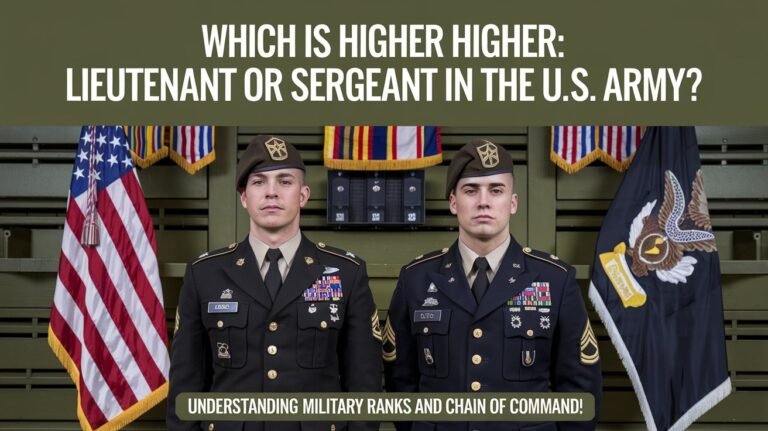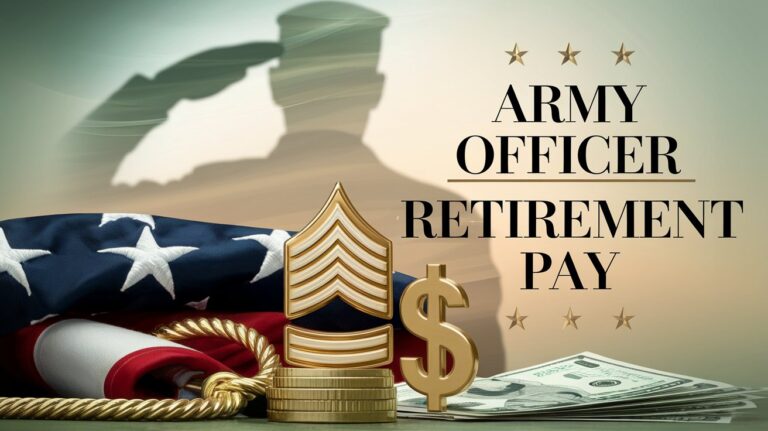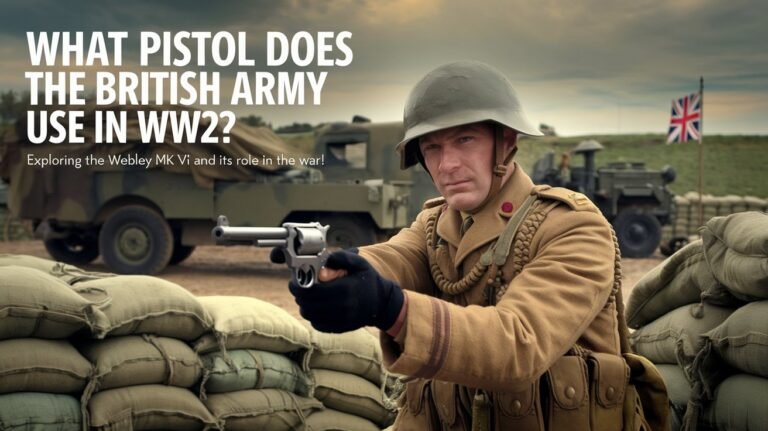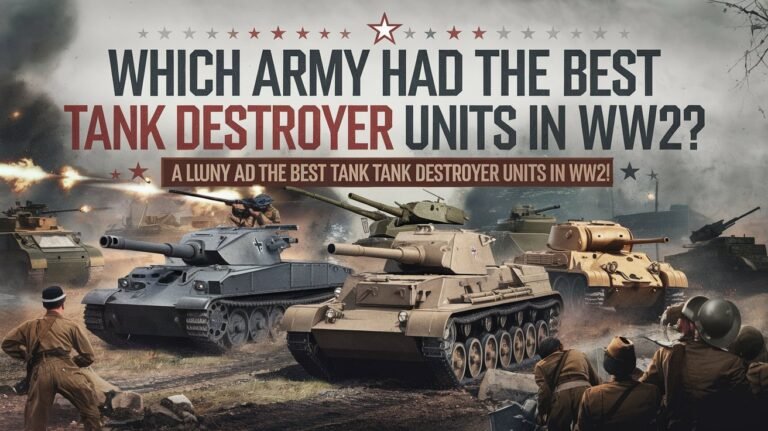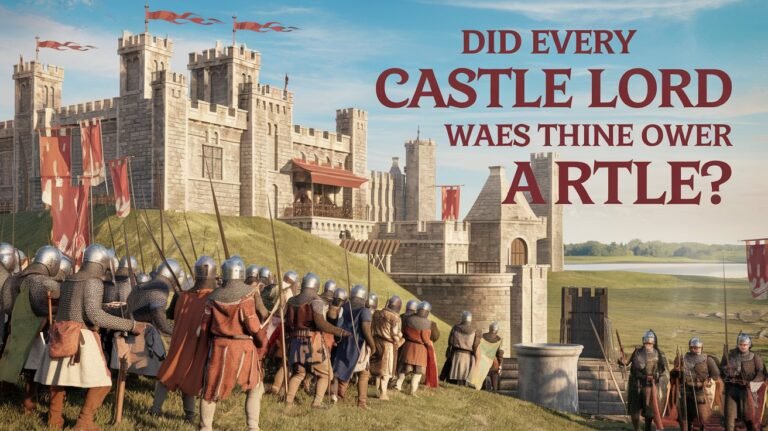Are Combat Journalists Under Army Command? Ultimate guide

The relationship between military journalism and combat coverage is complex. It involves journalistic freedom and the needs of the military. The U.S. Department of Defense (DoD) clearly separates military journalists from independent war correspondents. Military journalists are U.S. service members or DoD employees who create content for military audiences.
They follow rules to share information quickly and accurately. This is important for national security and defense strategies. The goal is to share as much as possible, but not if it harms national security.
Military journalists fight against enemy propaganda. They also aim to reduce stress and uncertainty that could harm mission success. The Army supports this, saying it’s important to inform both internal and external audiences about Army operations. But, information can be kept secret if it could harm national or operational security.
Military Journalists vs Independent War Correspondents
The world of combat reporting is complex. It has two main groups: military journalists and independent war correspondents. Military journalists work with the armed forces, while independent war correspondents stay outside. This difference affects their roles, legal rights, and what they can do.
Role and Status Differences
Military journalists live with soldiers, wear uniforms, and use military tech. They are part of the military. Independent war correspondents, on the other hand, watch from afar. They have less access but more freedom.
Legal Protections and Classifications
War correspondents with military access might get prisoner-of-war status if caught. But, independent journalists are seen as civilians. This could change how they are treated in war.
Operational Boundaries
Military journalists follow military rules. Their work is watched by the military. Independent journalists have more freedom but might face military limits or hostility.
| Characteristic | Military Journalists | Independent War Correspondents |
|---|---|---|
| Role and Status | Embedded within military units, experience daily life alongside servicemembers | Maintain civilian status, observe and report on the conflict from a distance |
| Legal Protections | May receive prisoner-of-war status if captured | Protected as civilians under international humanitarian law |
| Operational Boundaries | Subject to military command structure and oversight | More autonomy in movements and reporting, but may face restrictions from military forces |
The differences between military journalists and independent war correspondents show the tough balance. The media wants to report, but the military needs to keep things secure. Knowing these differences helps everyone involved in combat journalism.
Are Combat Journalists Under Army Command?
The relationship between combat journalists and the army is complex. Military journalists must follow army rules and the chain of command. But, independent journalists, like those embedded with troops, have more freedom.
Embedded journalists work with the military but aren’t directly controlled by it. They follow agreed-upon rules and security plans. These rules can change based on the country and conflict. Sometimes, they might get POW protections if caught, but their exact status is unclear.
Independent war correspondents, though, keep their journalistic freedom. They report on military actions without army control. They must follow some security rules and media policies, but they’re not part of the army’s structure.
| Journalist Type | Relationship to Army Command | Protections and Limitations |
|---|---|---|
| Military Journalists | Under direct army command | Follow military regulations and chain of command |
| Embedded Journalists | Not under direct army command, but work alongside military forces | Operate under agreed-upon ground rules and security protocols, may receive quasi-military status |
| Independent War Correspondents | Maintain journalistic independence, not under army command | Adhere to security guidelines and media policies, but not subject to military hierarchy |
The relationship between journalists and the military is complex and changing. It’s key to have clear communication and understanding. Finding a balance between the military’s needs and the media’s role is crucial.
Embedded Journalists in Modern Warfare
The 2003 Iraq War made embedding journalists with military units common. These journalists got close to the action, giving viewers a real look at war. But, they faced limits and had to keep secrets to stay safe.
Access and Restrictions
Journalists joined military teams, seeing battles up close. This was a big change from the old days of independent reporters. But, they had to follow strict rules to keep operations secret.
Military Integration Protocols
Before joining, journalists got safety briefings and special gear. They also agreed to follow certain rules. This was to keep them safe and prevent leaks.
Operational Security Considerations
Having journalists in the field worried about security. The military limited live reports and checked stories before they went public. This was to keep important info from the enemy.
| Key Statistics | Data |
|---|---|
| Increase in Embedded Journalists | Over 750 journalists have been embedded with US military units in Iraq. |
| Public Perception of the Iraq War | Between 35% and 43% of the US population opposed the launch of Operation Iraqi Freedom in March 2003. |
| Impact on Media Coverage | Scholars have argued that embedded reporting during the Iraq War depicted more favorable portrayals of the US military compared to unilateral reporting. |
Embedding journalists with troops in war raises big questions. It makes us think about fairness in reporting, safety for journalists, and the balance between freedom and secrecy.
Department of Defense Media Guidelines
The Department of Defense (DOD) has rules for defense reporters and their military contacts. These rules help balance sharing information with keeping operations secret.
Important parts of the DOD media rules include sharing information quickly but carefully. They also protect secret information and give equal access to all media. The rules cover social media use, real-time reporting, and a detailed review process for public releases.
- The DOD policy lets reporters stay with U.S. forces for a long time through embedding.
- Media embeds stay with a unit for weeks or months.
- Embedded reporters get the same living conditions, food, and medical care as the unit’s members.
- The Office of the Assistant Secretary of Defense for Public Affairs (OASD(PA)) manages and checks media embeds. They choose media organizations, not individual reporters.
- Unit commanders can choose local or regional defense reporters for pre-deployment. OASD(PA) has the final say.
- Freelancers can embed if a news organization picks them as their official embed.
The DOD media rules show the military’s effort to be open and share information. They do this while keeping important details secret and protecting national security.
Public Affairs Officers and Media Relations
Public Affairs Officers (PAOs) act as the bridge between the military and the media. They manage the flow of information and create strategies that meet the military’s goals. PAOs are key in setting up media meetings, arranging interviews, and giving briefings to journalists.
Command Information Structure
PAOs oversee the military’s information structure. They make sure information moves smoothly between the military and the media. They work with different Information Related Capabilities (IRCs) to plan and execute public affairs efforts.
Communication Strategy Implementation
PAOs create and carry out communication plans to share the military’s work with the public. They use their strategic thinking and handle pressure well. Their goal is to provide clear and timely information to everyone.
Media Engagement Protocols
PAOs help connect media outlets with Soldiers. They create news and information to keep the public updated on Army activities. They set rules, arrange access to the battlefield, and protect security while allowing journalists to report fully.
| Key Responsibilities of Public Affairs Officers |
|---|
| Manage the command information structure Implement communication strategies aligned with military objectives Facilitate media engagements and interviews Provide briefings and information to defense reporters Coordinate battlefield access while ensuring operational security Develop news and information products for public dissemination Collaborate with Information Related Capabilities (IRCs) Fulfill the commander’s requirement to inform the American people |
“The success of Public Affairs Officers is measured by their ability to leverage strategic insight and perform effectively under pressure.”
Protection Status of Combat Journalists
Journalists in warzones face huge risks, with many losing their lives. The safety of these “combat journalists” is a big concern. International law says they are civilians and should be protected like others.
The Geneva Conventions and their Additional Protocols cover war correspondents and independent journalists. They say journalists in danger zones are civilians unless they join the fight. If caught, journalists with armed forces get prisoner-of-war status.
But, the danger for journalists is real. In 2003, 42 journalists were killed worldwide, the most since 1995. Many died in Iraq, more than in the coalition forces.
Journalists’ growing dangers have led to calls for better protection. In 2003, Reporters Without Borders created a safety declaration for journalists in war. The UN has also condemned attacks on journalists and urged a safe work environment.
| Year | Journalists Killed Worldwide | Journalists Killed in Iraq |
|---|---|---|
| 2003 | 42 | 14 |
| 2007 | 172 | N/A |
| 2003-2008 | N/A | 245 |
International law aims to protect journalists in warzones. But, the danger is still high. We need stronger safety measures and accountability to protect journalists in warzones and battlefield reporting.
Military Command Structure and Media Coverage
The relationship between the military and the media is complex. Military operations use press coverage to spread messages and shape public opinion. Senior military leaders also seek media access for personal reasons and to influence policy.
Chain of Command Integration
Media coverage is part of the military’s command structure. Public Affairs offices at different levels manage this. The military considers media impact on operations and morale.
Information Release Procedures
Higher levels of the military must approve sensitive information. This balance ensures timely reporting while protecting operational security. It allows the military to manage information flow while giving the media access.
The military-media relationship is dynamic. Both sides have reasons to work together and disagree. Maintaining a professional ethic is challenging, as shown by recent articles by retired generals. The military must prioritize defending the nation over party loyalty.
| Statistic | Value |
|---|---|
| Percentage of news coverage dedicated to the Iraq and Afghanistan wars in 2010 | 4% |
| Percentage of news coverage dedicated to the economy in 2010 | 17% |
| Number of newspapers that closed for financial reasons in 2009, including major regional newspapers | 104 |
The military’s story is important but faces competition for attention. Natural disasters and elections often overshadow military news. Coverage of military issues has declined in recent years.
Battlefield Reporting Regulations
War correspondents and frontline journalists are key in sharing news from the battlefield. They follow strict rules to keep military operations safe while sharing information with the public. These rules cover things like using live feeds, reporting on troop movements, and sharing casualty news.
Journalists must follow these rules to protect soldiers and keep operations running smoothly. Breaking these rules can lead to losing press access or being kicked out of the battlefield. Finding the right balance between sharing news and keeping secrets is a big challenge for war correspondents and military leaders.
Key Battlefield Reporting Regulations
- Restrictions on the use of real-time transmission equipment, such as live video feeds, to prevent the disclosure of sensitive information
- Limitations on reporting troop movements and the positioning of military assets to avoid compromising operational security
- Guidelines for the disclosure of casualty information, including the need to wait for official confirmation before reporting
- Requirements for obtaining clearance from military authorities before publishing certain types of sensitive information
These rules have changed over time. They balance the military’s need for secrecy with the media’s duty to inform the public. Finding this balance is crucial to ensure both safety and transparency.
| Year | Event | Impact on Battlefield Reporting Regulations |
|---|---|---|
| 1983 | Operation URGENT FURY in Grenada | Journalists were not able to deliver first-hand reports until 2 1/2 days after the operation had begun, highlighting the need for better media access to the battlefield. |
| 1992 | Department of Defense and media organizations sign formal agreement on media access | The 1992 Joint Doctrine for Public Affairs was developed as a tool for reducing tension and providing press access to the battlefield, ushering in a new era of military-media relations. |
| 2003 | Operation Iraqi Freedom | The embedded news media program was perceived as a win-win situation for the military, the media, and the public, despite initial hesitation from some media outlets. |
Information Security and Combat Coverage
In military journalism and battlefield reporting, keeping information safe is key. Military leaders use many ways to stop sensitive info from getting out. This includes checking content before it’s shared, limiting geolocation use, and guiding on reporting military strength.
Journalists face a tough task. They must follow security rules while still sharing important news. It’s a challenge to share vital info without risking operations or people’s safety.
Recently, the need for info security in combat reporting has grown. In September 2017, Defense Secretary James Mattis made “information” a top priority. The Joint Staff updated its main document to explain the importance of information in operations.
But, the world of military journalism is still complex. Disinformation from countries like China and Russia is a big problem. Leaders like President Rodrigo Duterte in the Philippines also make things harder.
The military and media must work better together. They need to communicate well and understand each other. This way, they can share accurate and important info about war with the public.
Media Freedom vs Military Control
The battle between media freedom and military control is a long-standing issue in conflict reporting. Military leaders want to control information for security and strategy. Media groups push for free access to report to the public.
This conflict has sparked debates on censorship, propaganda, and the public’s right to know during war. It’s a fight over who gets to tell the story.
History shows the military often tries to limit media access and shape the story. This was true in the American Civil War and Vietnam War. The Gulf War in the 1990s was another example, with many journalists competing for spots.
Today, the tension between media and military continues. It affects how we learn about conflicts, from Kosovo to the “War on Terrorism” after 9/11.
Finding a balance between media freedom and military control is hard. With new technology and a desire for more openness, this issue will only get more complicated. It’s key to get the story right and keep military operations safe.


